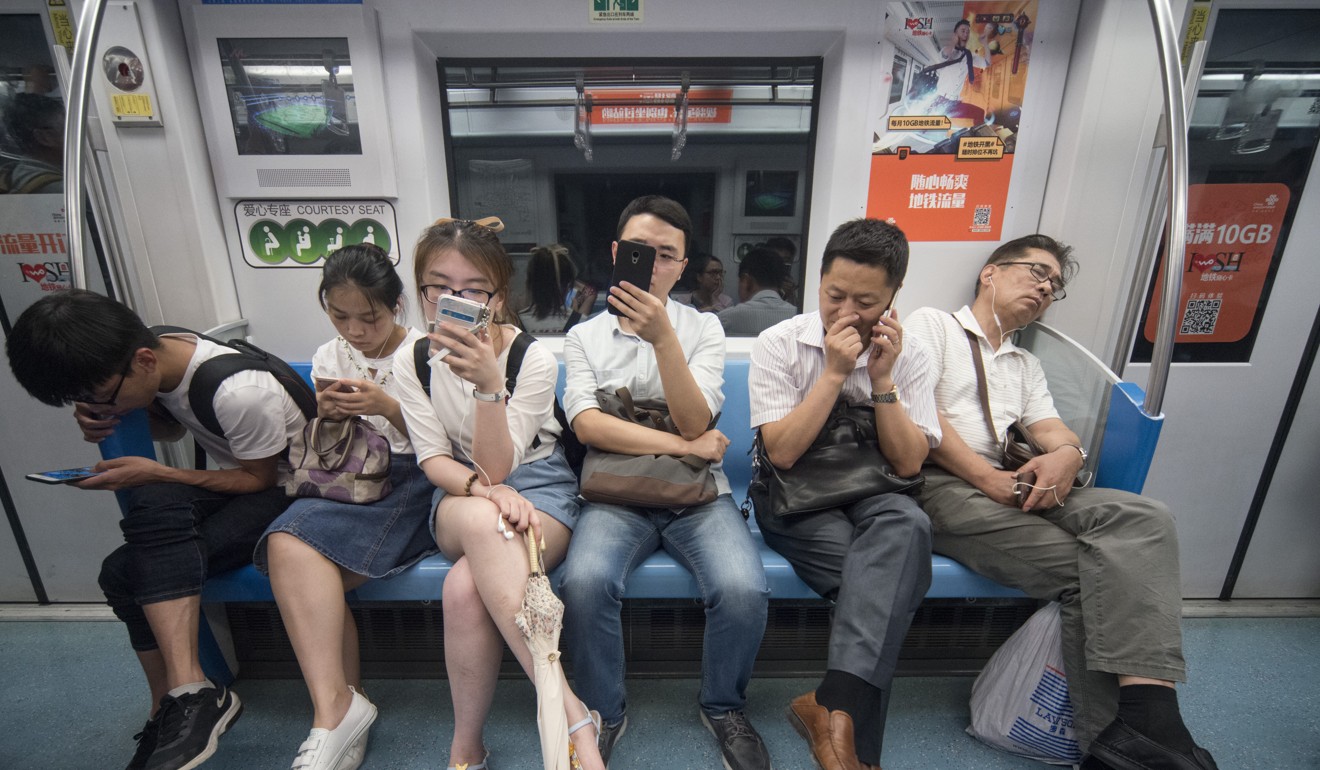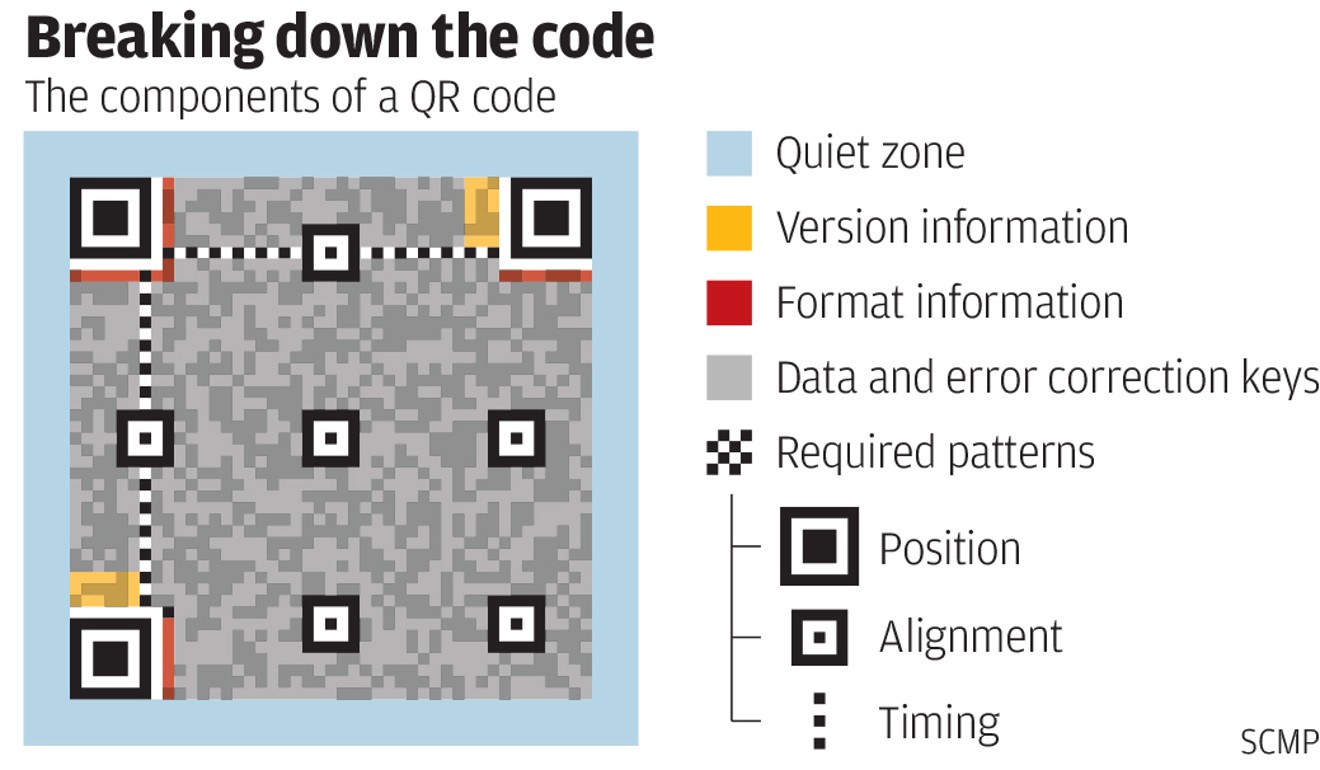
World’s largest subway system goes cashless as Shanghai Metro adopts QR code
Shanghai’s subway, carrying more passengers every day than the population of Hong Kong, will begin using QR code this weekend, allowing commuters to pay via Alipay or China UnionPay.
From this weekend, Shanghai metro users will no longer need to worry about leaving their public transport cards at home or losing them, or queuing for tickets, as the world’s largest subway system is introducing a quick response (QR) code for mobile phones to pay for fares.
With QR code readers are being installed at all the 389 metro stations, passengers can pay their tickets via Alipay or China UnionPay simply by scanning the QR code after downloading a special mobile app offered by the metro, the operator Shanghai Shentong Metro Group said.
Initially, there will be at least two gates equipped with the “scan, pay and pass” services at each station, while the operator will further extend it to more gates and introduce new payment providers in the future.
QR code payment systems have already been launched in cities such as Beijing and Hangzhou to allow passengers quicker entry and exit.

Shanghai’s public transport cards can also be used for buses, taxis, ferries and paying for parking fares and are massively popular with the vast majority of commuters.
That popularity could be seriously dented, with the new QR code services available, at least for subway users.
The new metro app offers two ways of paying. One is to deposit money (at least 10 yuan) from Alipay or UnionPay. Otherwise the system will automatically take the fee from the user’s Alipay or bank account after each trip.
QR codes have fundamentally changed people’s daily life in China. It’s the right time to roll out the new payment method, making riding the Shanghai metro more convenient
Shanghai, a metropolis with more than 20 million inhabitants, operates the world’s largest subway network by mileage, expected to span 700 kilometres this year before reaching 830 kilometres by the end of 2020.
The network ranks as the second-biggest people carrier, behind only Beijing, with 3.4 billion rides delivered in 2016. The daily ridership record was set on April 28 last year when 11.87 million people took the subway. On average, as many as 10 million people, more than Hong Kong’s population, take the Shanghai subway.
Both Alipay and UnionPay are offering discounts until the end of February to tempt customers to try the new payments: UnionPay bank card users can enjoy a maximum daily discount of four yuan (62 US cents) while Alipay doles out a one-off short-distant free ride capped at five yuan, together with a daily discount up to six yuan during the promotional period.
“QR codes have fundamentally changed people’s daily life in China. It’s the right time to roll out the new payment method, making riding the Shanghai metro more convenient,” said Jin Tao, an executive with Shanghai metro information management centre.
Wang Pengbo, an analyst at consultancy Analysys, said the Shanghai move sets a good example of how a subway operator can cooperate with payment companies, and public transport is expected to become a new battlefield for payment companies to fight for.

“In the Shanghai case, other payment options, including Tencent’s payment service, could be added in future,” Wang said.
Mainland China is home to 502 million mobile payment users, according to the latest figures at the end of June last year, or 67 per cent of its total population of internet users, according to data from the China internet Network Information Centre.
UnionPay, the country’s dominant bank card clearing service provider, estimated that 90 billion individual trips are made using Chinese buses and subways annually.
UnionPay, technology giants including Tencent and Alipay operator Ant Financial – the financial affiliate of e-commerce major Alibaba Group Holding – have already started making headway in the nation’s massive public transport market in mainland cities.

Alibaba owns the South China Morning Post.
Brenda Sun is a 36-year-old daily Shanghai subway commuter and says mobile payments have already become the norm for her to pay bills at restaurants, supermarkets and coffee shops. So the new service on the subway system will certainly be a relief, as she often forgets her public transport card.
“I will definitely try the new service. Sometimes I only realise I don’t have my card with me until I reach the fare gate, so have to brave the crowds to buy a ticket – especially annoying during rush hours.”

